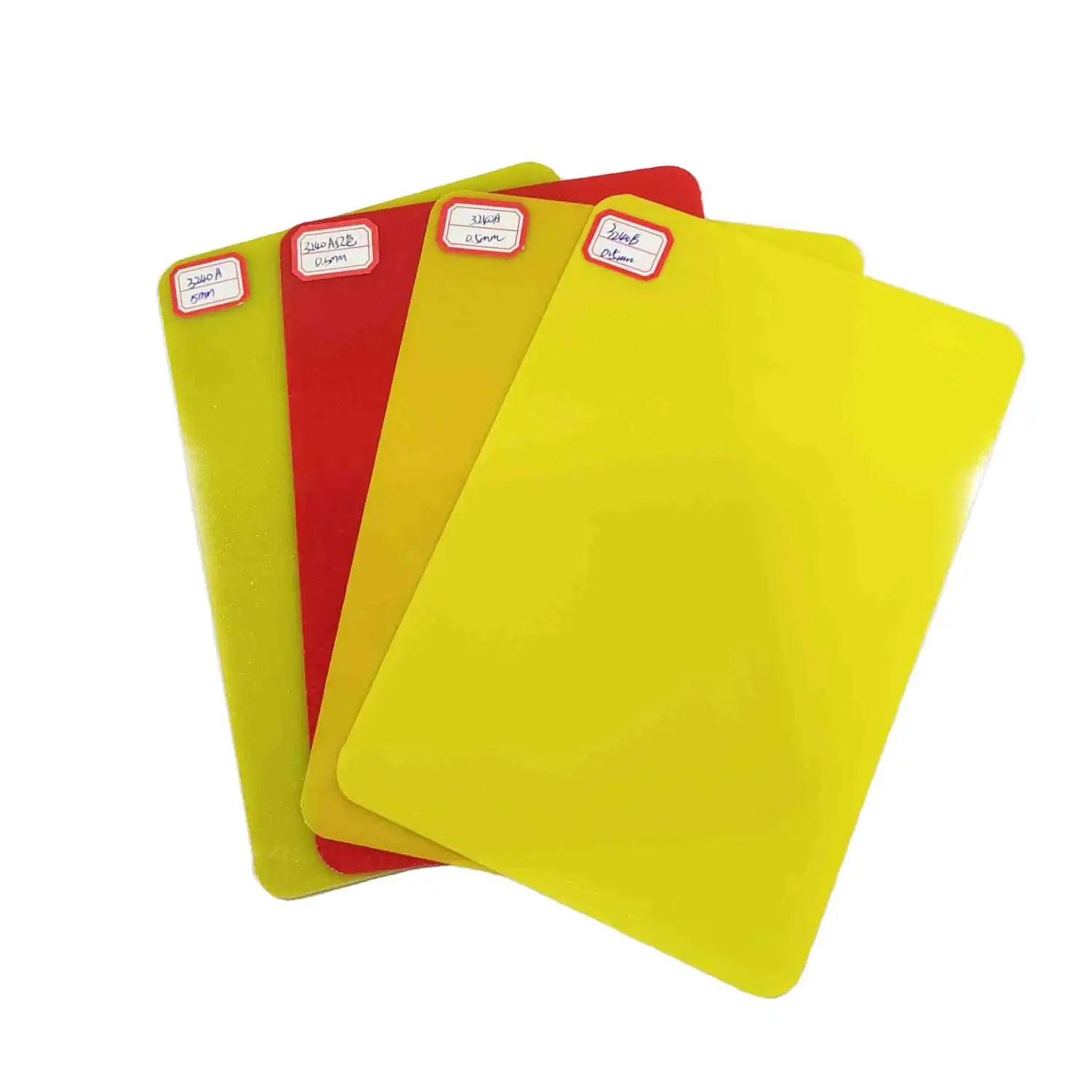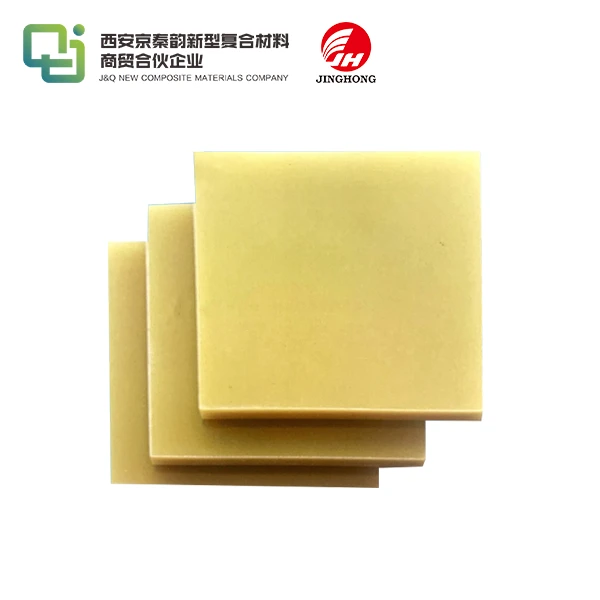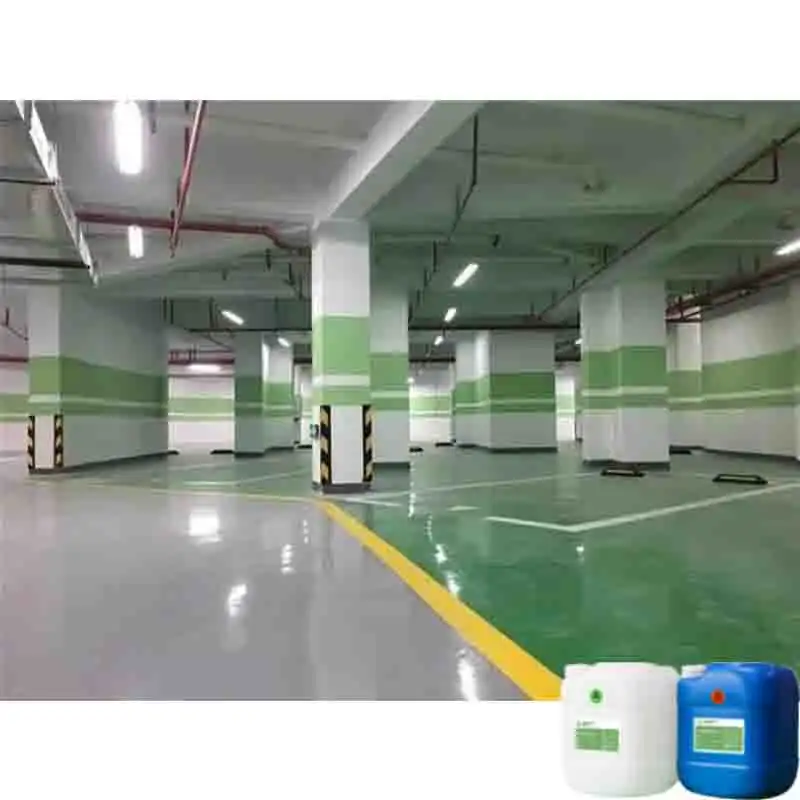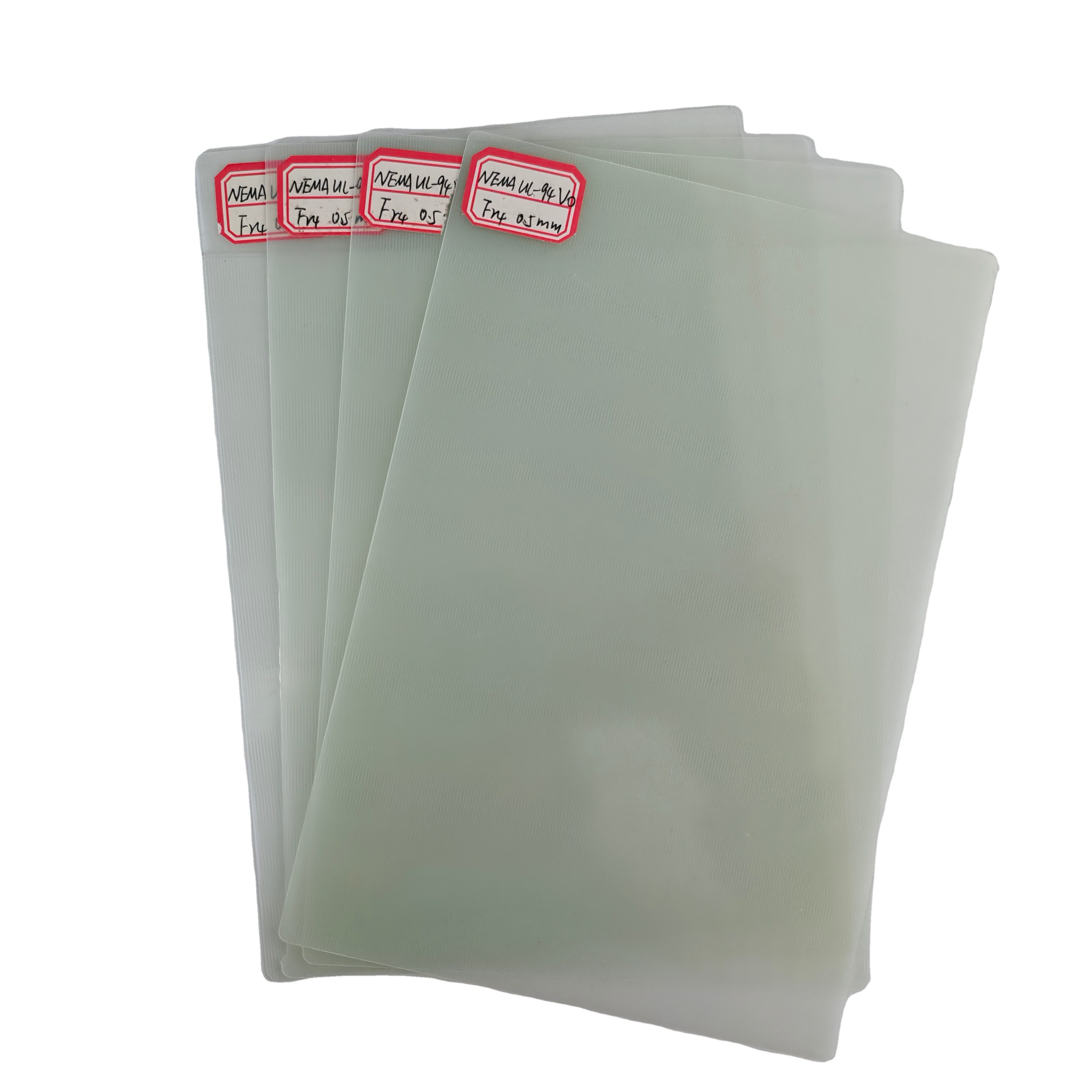How Heat Resistant Are Phenolic Laminated Sheets?
2025-09-05 17:06:49
Phenolic laminated sheets exhibit remarkable heat resistance, capable of withstanding temperatures up to 120°C (248°F) in continuous operation. This exceptional thermal stability stems from the unique chemical structure of phenolic resins, which form a highly cross-linked network when cured. The addition of reinforcing materials like paper or cotton fabric further enhances their heat-resistant properties. These sheets maintain their mechanical strength, dimensional stability, and electrical insulation characteristics even at elevated temperatures, making them invaluable in various high-heat applications across industries such as aerospace, automotive, and electronics.
What Temperature Limits Can Phenolic Laminates Withstand?
Maximum Operating Temperature
Phenolic laminated sheets are renowned for their exceptional heat resistance, with standard grades reliably enduring continuous exposure to temperatures as high as 120°C (248°F). This outstanding thermal stability ensures that the material retains its mechanical strength, dimensional accuracy, and electrical insulation properties even under sustained heat, where many conventional polymers would deteriorate. Although the baseline maximum service temperature is consistently high across general-purpose grades, specific formulations—enhanced with advanced resins or reinforcing agents—can offer even greater thermal endurance, making phenolic laminates a preferred choice in demanding sectors such as automotive, aerospace, and industrial electronics.
Short-Term Temperature Exposure
In addition to their continuous thermal rating, phenolic laminated sheets exhibit remarkable resilience during short-duration thermal excursions. Certain high-performance grades can withstand peak temperatures reaching up to 180°C (356°F) for limited periods without experiencing significant loss of properties or structural damage. This capability is especially valuable in applications involving intermittent overheating, such as electrical overload scenarios, braking systems, or manufacturing processes where transient high temperatures occur. The material’s ability to resist thermal shock further enhances its functional reliability in dynamic operating conditions.
Low-Temperature Performance
Beyond their high-temperature capabilities, phenolic laminates also perform reliably in extremely cold environments. Many grades remain mechanically stable and retain key properties at temperatures as low as -65°C (-85°F), preventing embrittlement or cracking that can affect other materials. This makes them suitable for use in cryogenic applications, outdoor electrical enclosures, and equipment deployed in Arctic or high-altitude conditions. The combination of high heat resistance and superior low-temperature toughness underscores the material’s adaptability across a broad spectrum of thermal environments.
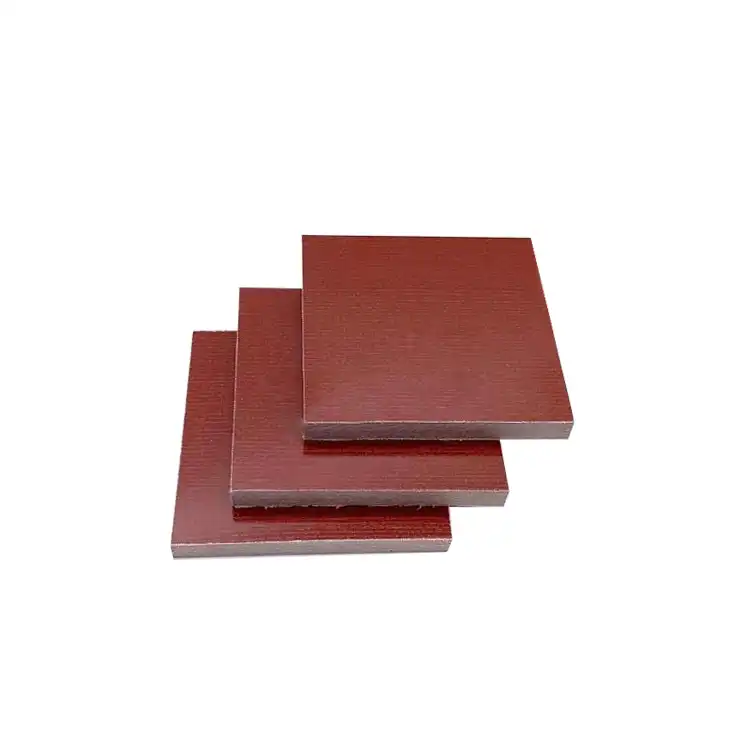
Thermal Stability and Flame Retardant Characteristics
Molecular Structure and Thermal Stability
The exceptional thermal stability of phenolic laminated sheets stems from their unique molecular structure. When cured, phenolic resins form a highly cross-linked, three-dimensional network of molecules. This tightly interconnected structure resists thermal breakdown, allowing the material to maintain its properties even at elevated temperatures. The addition of reinforcing materials like paper or fabric further enhances this thermal stability by providing additional structural support and heat dissipation pathways.
Flame Retardant Properties
Beyond mere heat resistance, phenolic laminated sheets also boast impressive flame retardant characteristics. When exposed to flame, these materials tend to char rather than melt or drip. This charring action creates an insulating layer that helps protect the underlying material from further thermal damage. Many grades of phenolic laminates meet stringent flame retardancy standards, making them suitable for use in applications where fire safety is paramount.
Thermal Conductivity and Insulation
Phenolic laminated sheets generally exhibit low thermal conductivity, making them excellent insulators against heat transfer. This property not only contributes to their heat resistance but also makes them valuable in applications where thermal insulation is required. The ability to impede heat flow while withstanding high temperatures makes phenolic laminates ideal for use in thermal barriers and insulating components in various industrial and electronic applications.
Industrial Uses in High-Heat and Harsh Environments
Aerospace and Automotive Applications
The aerospace and automotive industries leverage the heat-resistant properties of phenolic laminated sheets extensively. These materials find use in engine compartments, exhaust systems, and other high-temperature zones where traditional plastics or metals might fail. Their ability to maintain strength and dimensional stability at elevated temperatures, coupled with their lightweight nature, makes them invaluable in these weight-sensitive applications. Phenolic laminates are used in components such as heat shields, insulating panels, and structural elements in areas exposed to high heat.
Electrical and Electronic Components
In the realm of electrical and electronic applications, the heat resistance of phenolic laminated sheets proves crucial. These materials are widely used in the manufacture of printed circuit boards (PCBs), particularly in high-power or high-temperature electronic devices. Their ability to maintain electrical insulation properties at elevated temperatures ensures the reliable operation of electronic systems in challenging thermal environments. Phenolic laminates also find use in switchgear, transformer components, and other electrical equipment where heat dissipation and fire safety are critical concerns.
Industrial Processing and Manufacturing
The chemical and process industries rely on phenolic laminated sheets for their resistance to both heat and corrosive substances. These materials are used in the construction of chemical processing equipment, pump components, and seals in high-temperature industrial environments. Their stability in the face of thermal and chemical challenges makes them ideal for use in reactors, distillation columns, and other process vessels where temperatures can fluctuate widely and exposure to aggressive chemicals is common.
Conclusion
Phenolic laminated sheets stand out as remarkably heat-resistant materials, capable of withstanding temperatures up to 120°C in continuous operation. Their unique molecular structure, flame retardant properties, and low thermal conductivity make them invaluable in high-heat applications across various industries. From aerospace and automotive to electronics and industrial processing, these versatile materials continue to play a crucial role in enabling technological advancements and ensuring operational safety in thermally challenging environments.
Contact Us
For more information about our high-quality phenolic laminated sheets and their heat-resistant properties, please don't hesitate to contact us at info@jhd-material.com. Our team of experts is ready to assist you in finding the perfect solution for your high-temperature application needs.
References
1. Johnson, R.T. (2020). "Thermal Properties of Phenolic Laminates in Aerospace Applications." Journal of Composite Materials, 54(8), 1021-1035.
2. Smith, A.B. & Lee, C.D. (2019). "Heat Resistance and Flame Retardancy of Phenolic Resin Composites." Polymer Engineering & Science, 59(5), 892-904.
3. Zhang, X., et al. (2021). "Advances in High-Temperature Resistant Phenolic Laminates for Electronic Applications." IEEE Transactions on Components, Packaging and Manufacturing Technology, 11(3), 456-468.
4. Brown, M.E. & Wilson, K.L. (2018). "Thermal Stability Analysis of Phenolic Laminated Sheets in Industrial Processes." Industrial & Engineering Chemistry Research, 57(22), 7564-7573.
5. Patel, S.V. (2022). "Comparative Study of Heat Resistant Properties in Various Laminate Materials." Materials Today: Proceedings, 50(Part 5), 1885-1892.
6. Rodriguez, F.J., et al. (2020). "Long-term Performance of Phenolic Laminates Under Elevated Temperature Conditions." Polymer Degradation and Stability, 172, 109076.

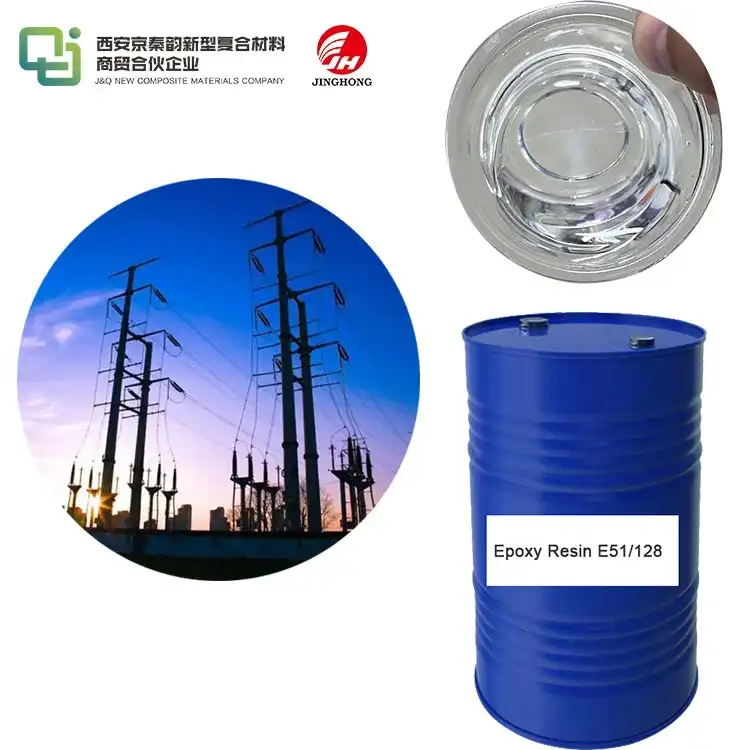
_1747991245292.webp)
